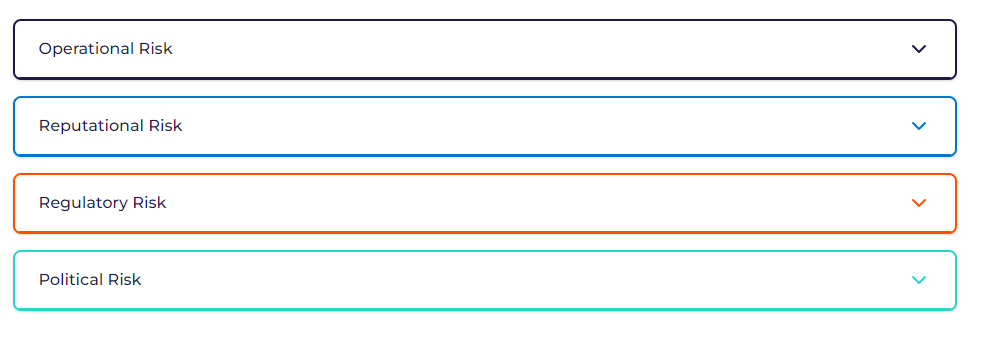Why should I incorporate GBV on my risk analysis?
1) What is Gender-Based Violence (GBV)?

Gender-based violence (GBV) encompasses various forms of abuse, including physical, sexual, verbal, emotional, psychological, threats, coercion, and economic or educational deprivation. It's a widespread issue affecting society, with about one in three women globally experiencing physical and/or sexual violence in their lifetime. Harassment, both in public and online, is also a common experience for many women around the globe
GBV stems from power imbalances and structural inequalities. It involves the misuse of physical, emotional, or financial power. Different aspects of identity, such as race, ethnicity, class, age, disability, gender identity, or sexual orientation, can exacerbate GBV. For example, women with disabilities in low- and middle-income countries are significantly more likely to face intimate partner violence. LGBTQI+ individuals also face high levels of violence due to stigmatization.
2) Relevance to investments:
Before investing in a country, company, or project, investment officers and financial analysts must evaluate various risks to understand their potential impact on expected outcomes. According to Criterion’s Institute’s "Mitigating the Risks of Gender-Based Violence: A Due Diligence Guide for Investing," there are four key types of risk to consider:
1. Operational Risk
2. Reputational Risk
3. Regulatory Risk
4. Political Risk
However, these frameworks often overlook gender-based violence (GBV), leading to inaccurate risk assessments and compromised investment outcomes. Global evidence shows that GBV intersects with and amplifies these four types of risk.

GBV Risk should be incorporated into any investment project, not only for government investors but for impact investors, family offices, funds, and investment actors of all types.
🚀 The key change is to reframe “social” issues—such as inequity based on race, gender, caste, and Gender-based violence.—as material factors with clear consequences on investment outcomes.
Applying a materiality approach entails including GBV data in financial calculations in the same way as standard macroeconomic indicators 📊
Understanding GBV's material impacts allows investors to better measure and mitigate risks, maximize investment impact, and lead in gender equality and social inclusion within the financial community.
💡Pro Tip: We recommend checking the section called "Understanding Material Risk of GBV for Financial Actors" and "Correlating GBV and Financial Risk" by clicking on this link in our platform.
- 👉Check our Full methodology and correlation analysis by clicking on this link https://app.equilo.io/#/gbv/materiality
3) Moving forward

Just as climate change concerns have shaped risk/return analyses and become integral to investment decision-making over the past two decades, GBV must also be measured and integrated into risk calculations and decisions.
Equilo provides tools and methodologies for investors to incorporate GBV risk analysis for better outcomes. In collaboration with UNICEF and Equilo, the Criterion Institute developed the GBV Risk Score (GBVR) methodology. This methodology allows investors to assess GBV risk similar to how they assess political, economic, or other financial risks within financial models. The GBVR can be applied to financial investments across various geographies, sectors, and time frames.
The GBVR methodology and tool support financing institutions and governments in understanding the material impact of GBV on investments, aiming to finance the reduction of GBV globally.
- 👉Visit app.equilo.io to access the GBVR tool, which offers customized tools, data, and insights for different countries and sectors.
- 📞 Or book a demo call here to see this in action and learn more!
